NASCAR drivers face one of motorsport's most grueling physical challenges: maintaining peak performance while making hundreds of left turns at 200 mph for three to four hours straight. Unlike other racing disciplines where tracks feature varied turns, NASCAR ovals demand specialized conditioning to combat the unique physiological stresses of sustained counterclockwise motion.
The human body wasn't designed for this asymmetrical punishment. At Charlotte Motor Speedway's 24-degree banking, drivers experience 2.5 Gs of lateral force - equivalent to having a 180-pound passenger suddenly sitting in your lap during every turn. This relentless pressure creates what sports scientists call "NASCAR neck," where drivers' right neck muscles become disproportionately developed from fighting G-forces.
Core training forms the foundation of any serious NASCAR conditioning program. While spectators see hands turning a wheel, elite crews know the real work happens between pelvis and ribcage. Six-time champion Jimmie Johnson's regimen includes anti-rotation exercises like Pallof presses, where resisting sideways cable tension mimics the steering loads of a loose car. This develops the deep abdominal muscles that stabilize the spine when cornering forces try to twist the torso.
Unlike traditional athletes, NASCAR drivers can't rely on symmetrical muscle development. Their training emphasizes unilateral movements - single-arm rows, split squats, and rotational medicine ball throws that prepare the body for oval racing's imbalanced demands. Hendrick Motorsports' trainers have drivers perform these exercises while seated in racing positions, sometimes even in actual cockpit mockups to enhance neuromuscular specificity.
Cardiovascular conditioning defies conventional wisdom. While drivers sustain 160+ bpm heart rates for hours, marathon-style endurance training proves counterproductive. Instead, programs blend high-intensity interval training (HIIT) with prolonged heat acclimation sessions. Drivers wear multiple layers in sauna-like conditions to simulate cockpit temperatures that routinely exceed 130°F. This trains their bodies to conserve electrolytes and maintain cognitive function when dehydration causes 5-8 pound weight losses during races.
The neck receives specialized attention through harness-based resistance training. Using modified wrestling headgear attached to elastic bands, drivers perform isometric holds and lateral flexion against resistance. Rookie programs start with 10-minute sessions; veterans like Kyle Busch work up to 45 minutes while watching race footage. Some teams now incorporate virtual reality, having drivers wear weighted helmets that simulate G-forces during simulated laps.
Reaction training takes surprising forms. At Joe Gibbs Racing, drivers play badminton - not for cardio, but to sharpen the hand-eye coordination needed for restarts. The shuttlecock's unpredictable flight path better mimics chaotic pack racing than tennis' predictable bounces. Other drills involve identifying colored lights while undergoing G-force simulation on specially designed spinning platforms.
Perhaps most crucially, modern NASCAR conditioning addresses the mental marathon of oval racing. Sports psychologists help drivers develop micro-meditation techniques - brief conscious relaxation during straightaways to lower heart rates and conserve mental energy. This explains how veterans can make last-lap passes after hours of sensory bombardment that would overwhelm untrained individuals.
Recovery protocols have evolved dramatically. Cryotherapy chambers alternate with infrared saunas to reduce inflammation from vibration exposure. Hydration isn't just about water - drivers consume precisely balanced electrolyte solutions based on individual sweat analysis. Some teams employ "gravity boots" to counteract spinal compression from prolonged sitting and vibration.
The next frontier involves biometric integration. Real-time hydration monitors and muscle oxygenation sensors now feed data to crew chiefs, helping determine optimal pit windows. At Stewart-Haas Racing, drivers wear EMG shirts that detect when trapezius muscles fatigue, signaling when to adjust seating position. This technology could soon inform in-race hydration and breathing strategies.
What emerges is a portrait of NASCAR athletes as specialized as Olympic gymnasts. Their training transforms human physiology to withstand forces and conditions that would incapacitate even other professional racers. As 23XI Racing's performance director notes: "We're not preparing athletes for a sport - we're redesigning humans for a specific, brutal physics equation that happens to involve steering wheels."
This physiological alchemy explains why NASCAR champions can maintain millimeter precision through four hours of sensory overload while casual fans struggle to parallel park after a movie. The real racing happens long before green flags wave - in gyms where drivers condition their bodies to become living shock absorbers for America's most punishing tracks.
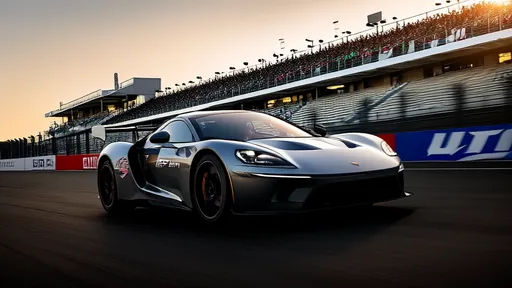
By /Jun 14, 2025
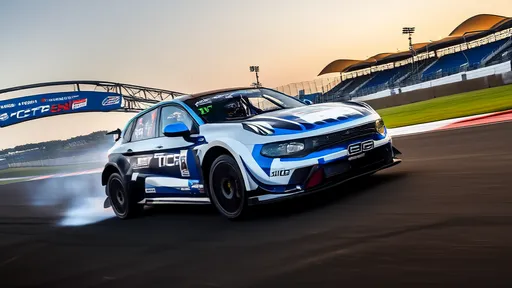
By /Jun 14, 2025
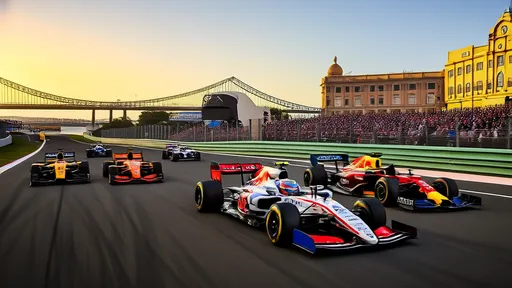
By /Jun 14, 2025
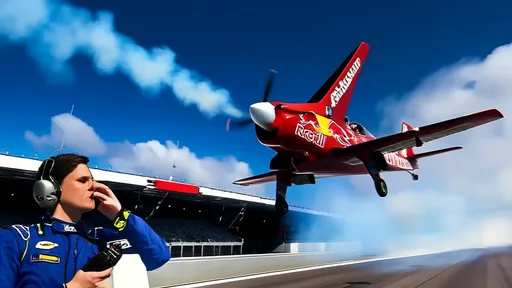
By /Jun 14, 2025
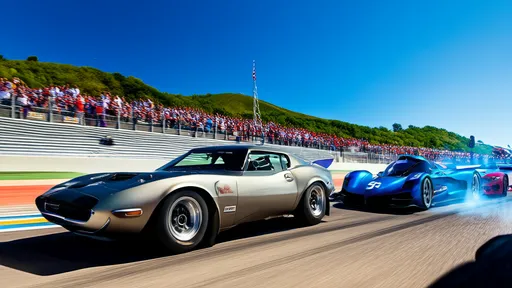
By /Jun 14, 2025
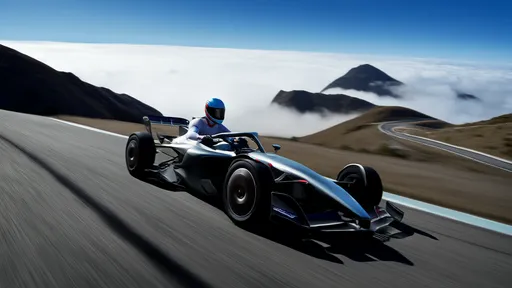
By /Jun 14, 2025

By /Jun 14, 2025

By /Jun 14, 2025
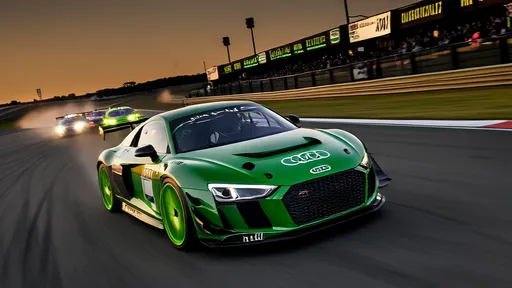
By /Jun 14, 2025

By /Jun 14, 2025

By /Jun 14, 2025
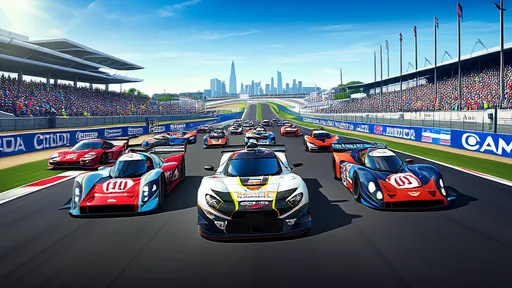
By /Jun 14, 2025
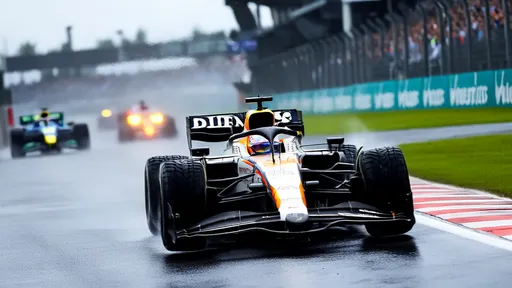
By /Jun 14, 2025

By /Jun 14, 2025

By /Jun 14, 2025

By /Jun 14, 2025
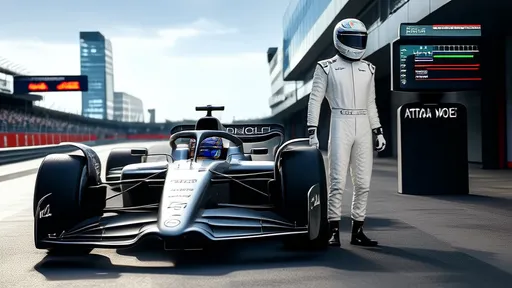
By /Jun 14, 2025